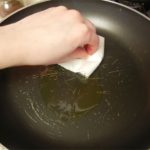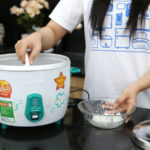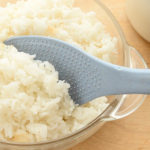1. What is a non-stick pan and what are the benefits?
A non-stick pan is a type of pan that is coated with a durable non-stick layer. This coating prevents food from sticking to the bottom of the pan when frying, sautéing, or cooking, resulting in attractive and evenly cooked food.
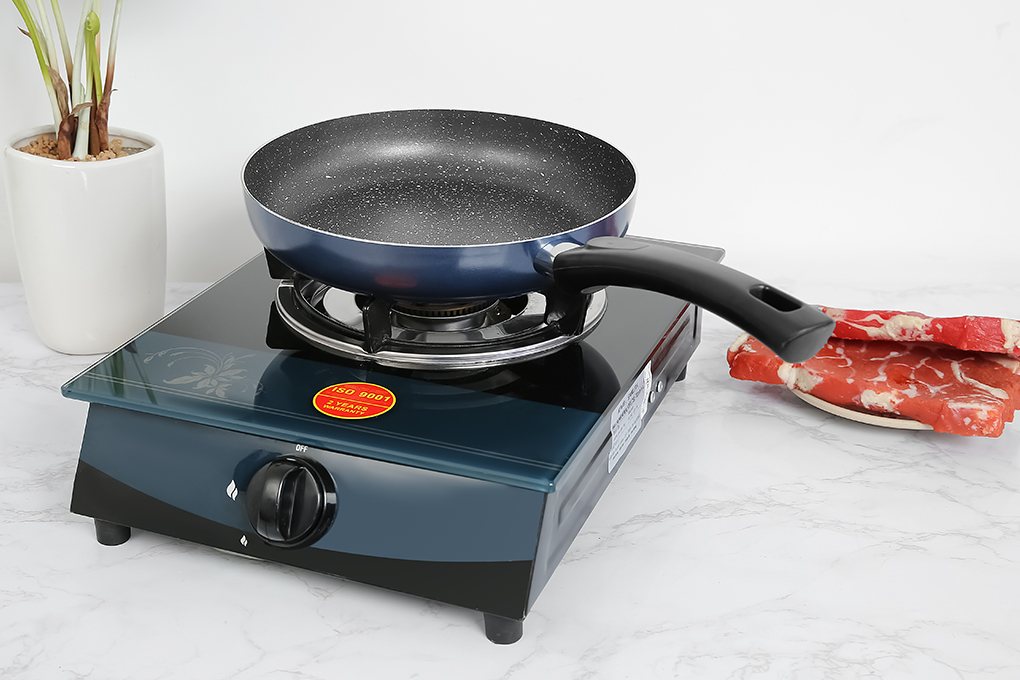
There are several benefits of using a non-stick pan:
- Beautiful design, elegant color: Non-stick pans come in modern and beautiful designs that can enhance the appearance of your kitchen.
- Save cooking oil: The non-stick coating prevents food from sticking to the pan, reducing the need for excessive cooking oil. This makes the food more attractive and healthier.
- Easy to clean, wipe dry: The non-stick surface is easy to clean and does not require excessive use of dishwashing water.
- Save fuel (gas): The non-stick coating helps distribute heat evenly, allowing for faster cooking and more efficient fuel usage.

2. Transforming regular pans and old non-stick pans into new non-stick pans
Using potatoes
– Prepare materials:
- 1 potato.
- Salt.
– Execution:
Step 1: Peel and wash 1 potato and cut it in half.
Step 2: Sprinkle salt on the surface of the potato and rub it on the pan’s surface to remove any rust or peeling non-stick coating.
Step 3: Rinse the pan with clean water and wipe dry.

Using cooking oil
– Prepare materials:
- Cooking oil.
– Execution:
Step 1: Wash the pan and heat it on the stove. Pour oil and spread it all over the pan’s surface.
Step 2: Pour out the oil and add cold oil. This will create a non-stick effect.
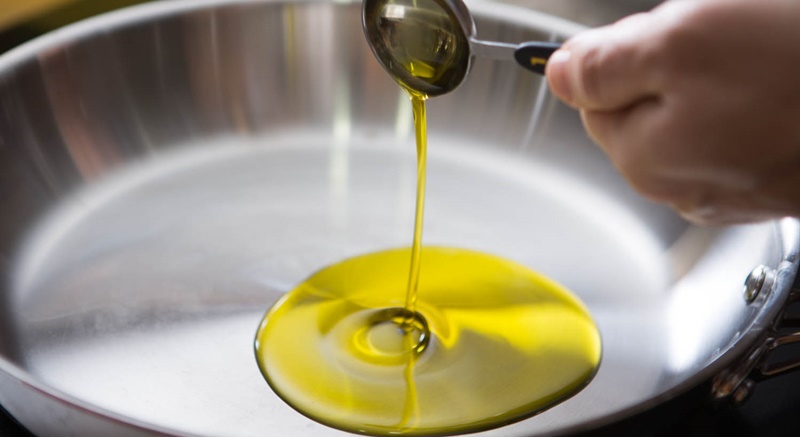
Using vinegar
– Prepare materials:
- Cooking vinegar.
- 1 clean sponge.
- Cooking oil.
– Execution:
Step 1: Wash and dry the pan, then heat it on the stove. Add vinegar and let it heat up.
Step 2: Soak a sponge with vinegar and rub it on the pan’s surface.
Step 3: Rinse the pan with clean water.
Step 4: Place the pan on the stove until it is dry. Pour oil to coat the pan’s surface and let it boil. Turn off the stove and pour out the oil.
Step 5: Wash the pan with clean water before using it.

3. Some notes when using a non-stick pan
– Add oil to the pan before it gets hot:
To protect the non-stick coating and increase the durability of the pan, add oil before heating the pan, unlike regular pans.
– Use the right amount of oil:
Since the pan has a non-stick coating, adding excessive oil is unnecessary and can reduce the durability of the pan. Use only the necessary amount of oil.
– Avoid strong contact with metal objects:
To prevent the non-stick coating from peeling off or scratching the surface, avoid using metal objects. Use utensils made of wood instead.

Above is a simple guide to transforming regular pans and old non-stick pans into new ones. Good luck!
Tips for Cleaning and Caring for a Cast Iron Skillet
Despite its notable benefits, using a cast iron pan comes with certain caveats: its need for careful cleaning and maintenance with soap can be a challenge for many. Nevertheless, the superb heat retention, even heat distribution, and non-stick properties of a black cast iron pan have made it a favorite among many.
























